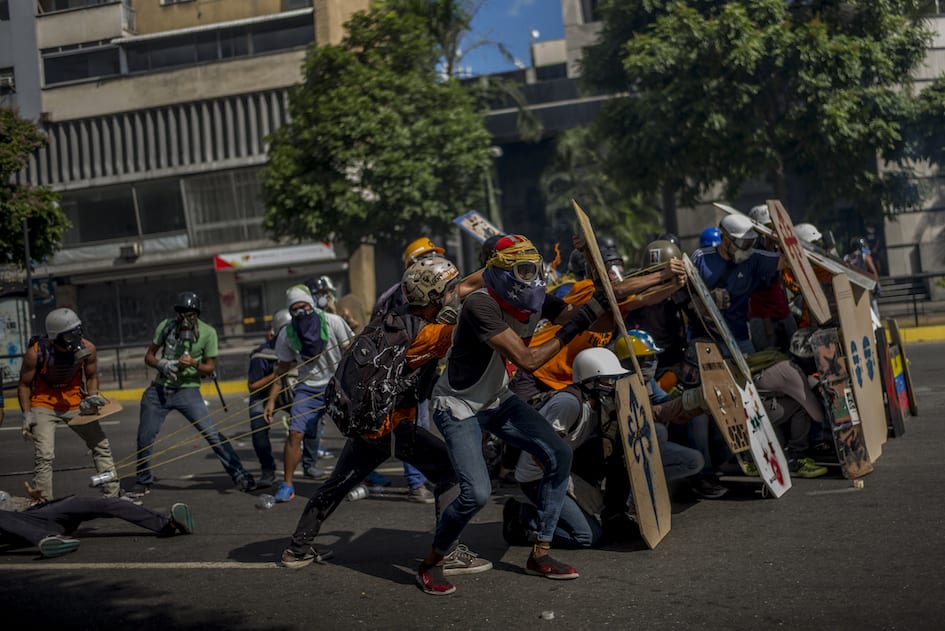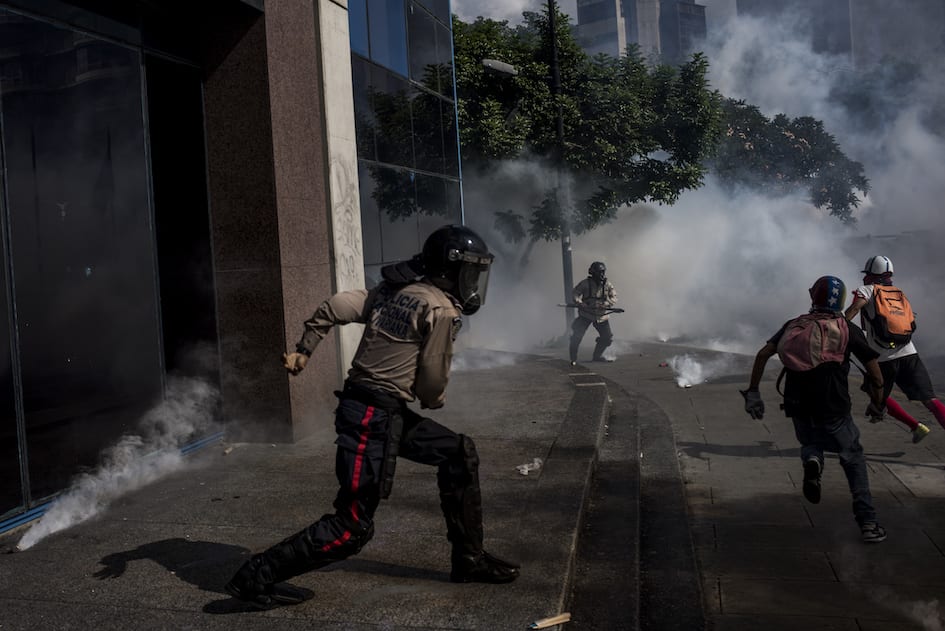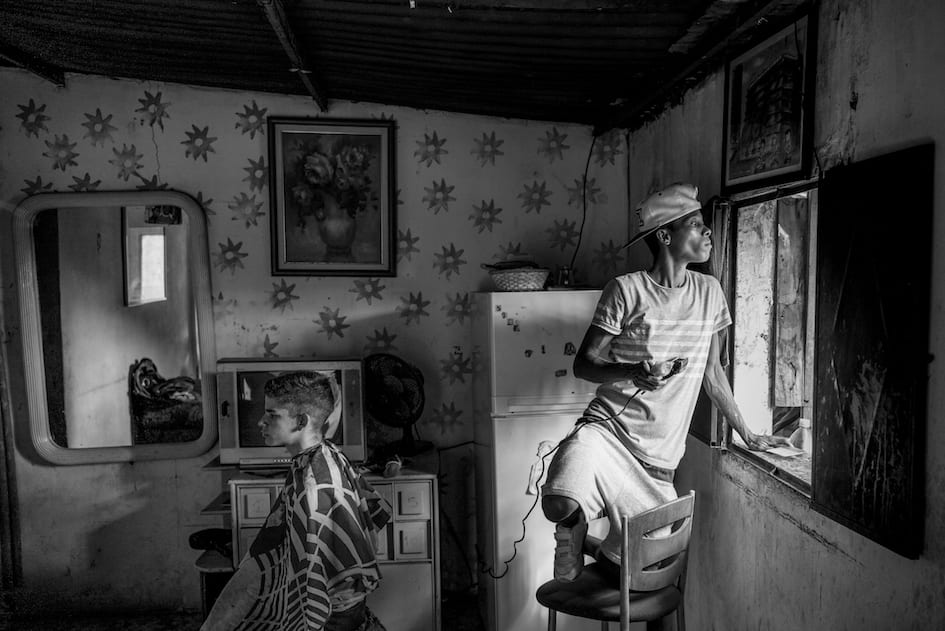Each year, British Journal of Photography presents its Ones To Watch – a selection of 19 emerging image-makers, chosen from a list of nearly 750 nominations. Collectively, they provide a window into where photography is heading, at least in the eyes of the curators, editors, agents, festival producers and photographers we invited to nominate. Every weekend throughout May, BJP-online is sharing profiles of the 19 photographers, originally published in the magazine. Discover more here.
In 2014, Alejandro Cegarra collected both the Oskar Barnack Newcomer Award and the Ian Parry Scholarship on the back of his photoessay, The other side of the tower, shot while he was just starting out as a photojournalist, filling in on Venezuela’s foremost newspaper. It portrayed the lives of some 2000 families who live among the unfinished ruins of a 45-floor skyscraper in his home town, Caracas, an “emblematic symbol of the city” and the country’s downward-spiralling economic crisis.
His star has been on the rise ever since, taking him on assignment to Haiti, Cuba and Mexico, with commissions for The Sunday Times, Bloomberg Businessweek andThe Washington Post (a recent front cover story), among many others. And while he now lives in Mexico (and is shooting stories around diverse subjects such as climate change, migration, and American football), he’s continued to photograph the trials of his country, recently editing together five years of work to produce State of Decay, charting Venezuela’s rapid decline in the years following the death of president Hugo Chávez. It was awarded third prize at this year’s World Press Photo contest in the Long-Term Projects category.

The work focuses on the ongoing unrest that permeates the streets of Caracas: images depict outraged crowds, riot shields, smoke bombs, tanks. The personal impact of the conflict is attentively portrayed too: Cegarra’s portraits include Venezuelans at home – surrounded by personal effects while tensions mount outside – and the stricken faces of mourners. The situations being documented are often extreme. “In Caracas, one of the big challenges is not to get murdered, to get out of the assignment alive,” he says. “You have to have these local leaders from the communities to help you navigate the slums.”
Cegarra also credits the access he’s been granted to his personable nature. “I have this natural gift to talk a lot,” he says. “I start talking to people like they’ve known me for years, and somehow that opens doors.” When he was seeking entry to a prison near Caracas, friends told him it was impossible. He went to the Public Ministry and, after a short conversation, was on his way to the prison the same day. This gift for communicating with his subjects extends to the friendships they maintain; he often adds them on Facebook, and checks in on them when he’s back in the city. “It’s a two-way relationship,” he explains.
He is conscious of the responsibility of his role, the way that “photographers in Venezuela are working to create historical memory”. For Cegarra, this is what photography can achieve: a record that transcends the seconds people spend looking at an image on Instagram. “Photography can create this sense of emergency that leads people to action,” he says. “Time will tell if we did it right in Venezuela.”
Read the profiles of more Ones to Watch photographers here. This article was originally published in issue #7884 of British Journal of Photography. Visit the BJP Shop to purchase the magazine.


